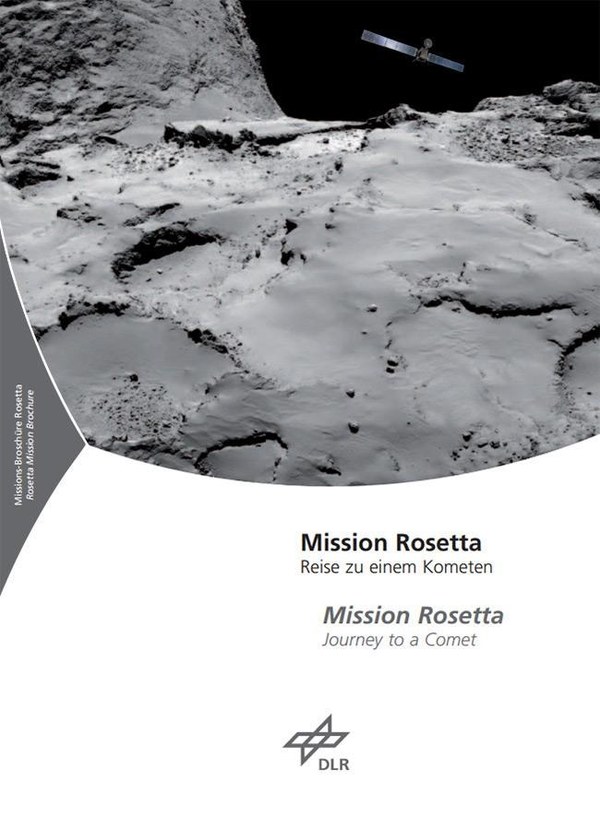The name of the mission

flickr.com/finds (CC BY 2.0).

flickr.com/isawnyu (CC BY 2.0).

flickr.com/spinkney (CC BY 2.0).
The Rosetta mission, expected to land on a comet, was named after the Rosetta Stone, which allowed hieroglyphs to be deciphered.
In 1799, in the Egyptian city of Rosetta, archaeologists discovered a stone with writing on it in two languages (Egyptian and Greek), using three scripts (hieroglyphic, demotic and ancient Greek). In 1822, together with the inscriptions on an obelisk from the Temple of Philae, Jean François Champollion succeeded in deciphering the, until then, enigmatic hieroglyphs. With this knowledge, the thus far incomprehensible inscriptions were translated, and a bygone civilisation 'rediscovered'.
Cometary researchers expect to obtain similarly enlightening insights from the first thorough exploration of a comet by the Rosetta spacecraft with its lander, Philae. For the first time, a spacecraft not only flies by a comet, but also accompanies it as it approaches the Sun. In addition, also for the first time in history, a lander touched down on a comet and conducted experiments on site.

